1. Overwatering Is Drowning Them
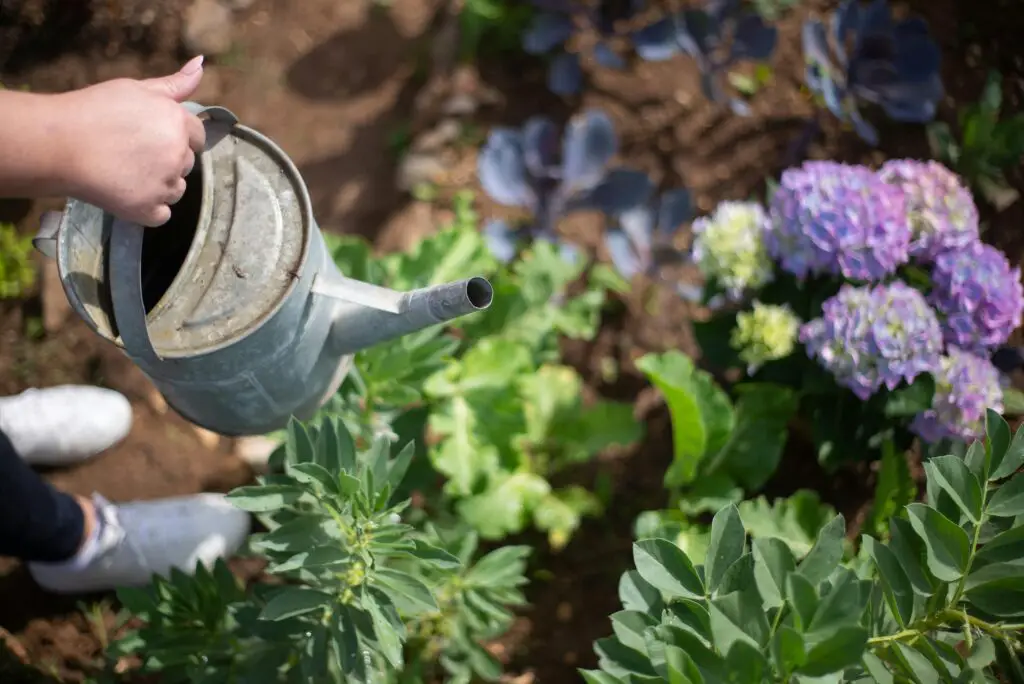
Hydrangeas love water, but too much can cause root rot and stunted growth. If your soil feels constantly soggy, reduce watering and improve drainage. Mulch can help retain moisture without waterlogging the roots.
2. Planted in the Wrong Spot
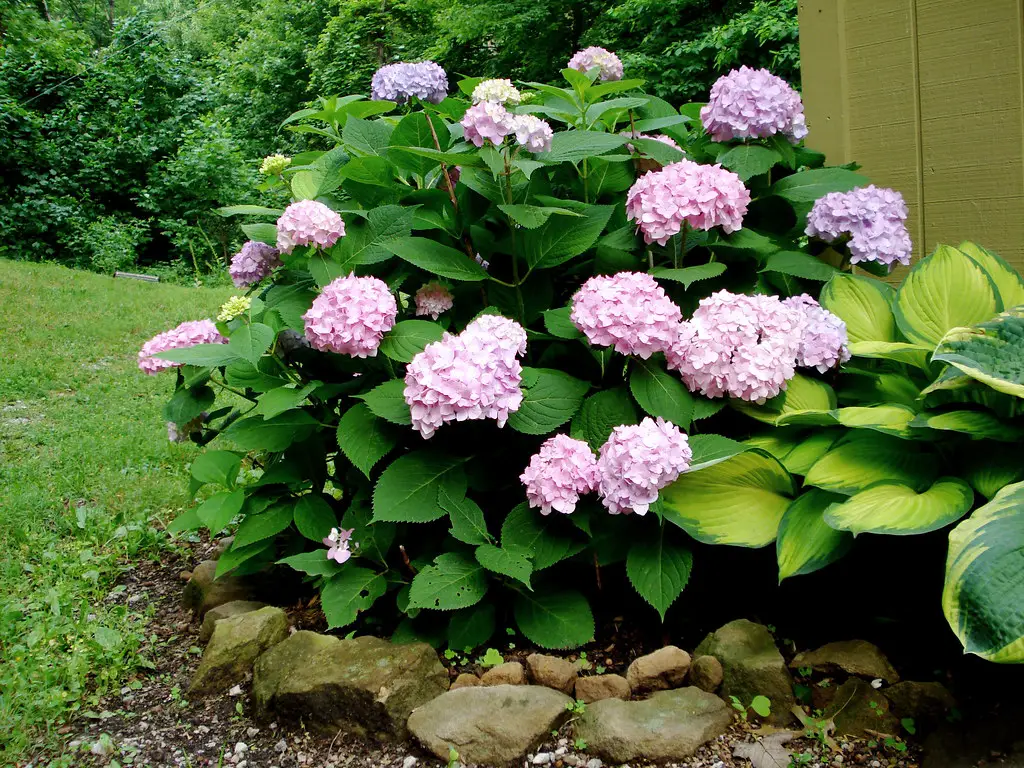
Hydrangeas thrive in partial shade and can wilt under intense sunlight or suffer in deep shade. Relocate them to a spot with morning sun and afternoon shade for optimal growth. Choosing the right location makes all the difference.
3. Neglecting to Deadhead Blooms
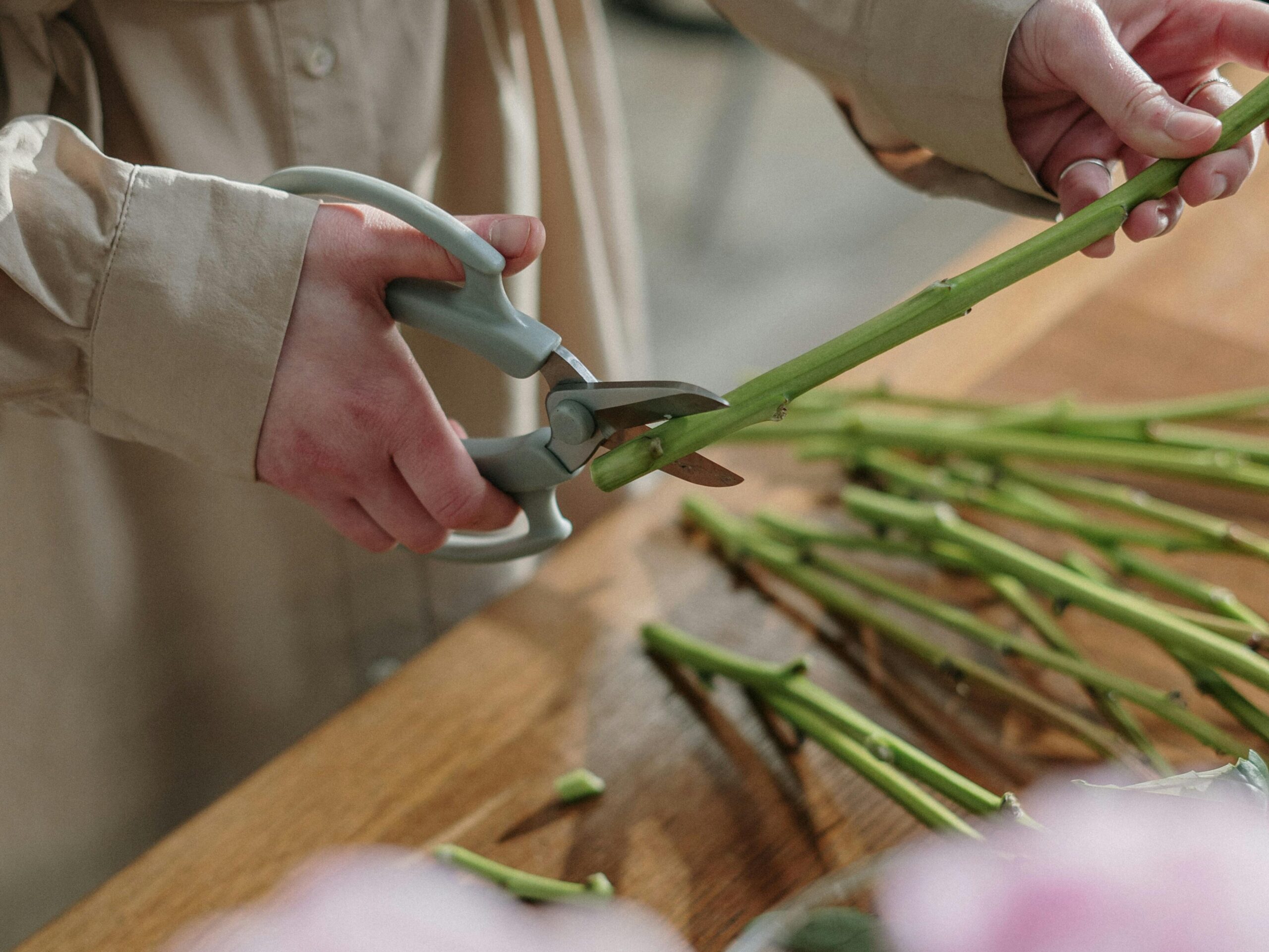
Old blooms left on the plant can hinder new growth. Regularly removing faded flowers encourages continuous blooming and keeps the plant tidy. Use clean pruning shears to avoid damaging the stems.
4. Ignoring Soil Acidity Levels
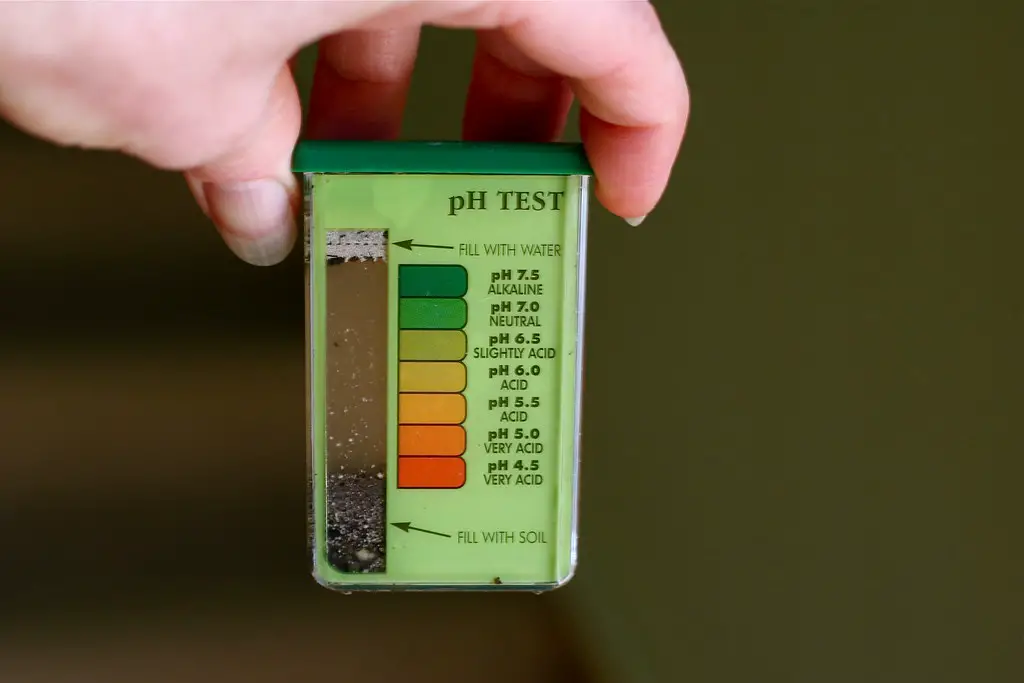
Hydrangeas are unique because their bloom colors depend on soil pH. If you’re not monitoring pH, you may be unintentionally affecting their health and color. Test your soil and amend it with lime for pink flowers or sulfur for blue ones.
5. Feeding Them the Wrong Fertilizer
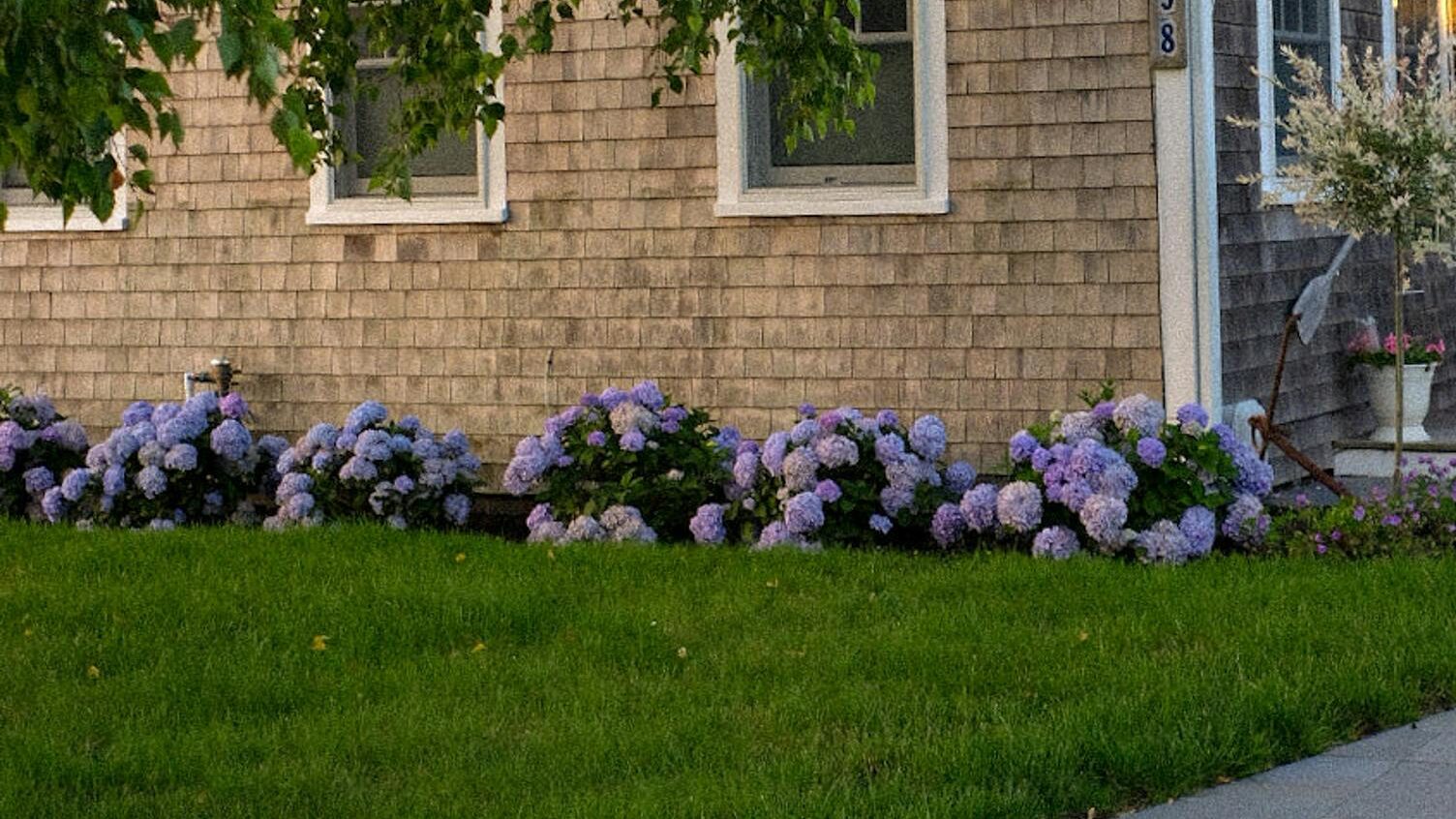
Too much nitrogen encourages leafy growth at the expense of blooms. Use a balanced, slow-release fertilizer designed for flowering plants to ensure vibrant blossoms. Over-fertilizing can do more harm than good.
6. Pruning at the Wrong Time
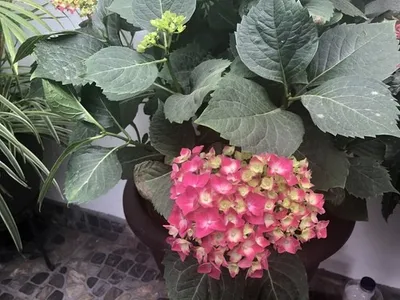
Hydrangeas bloom on old or new wood, depending on the variety. Pruning at the wrong time can remove next year’s flower buds. Learn your hydrangea type and prune accordingly to avoid cutting away future blooms.
7. Pests Are Invading
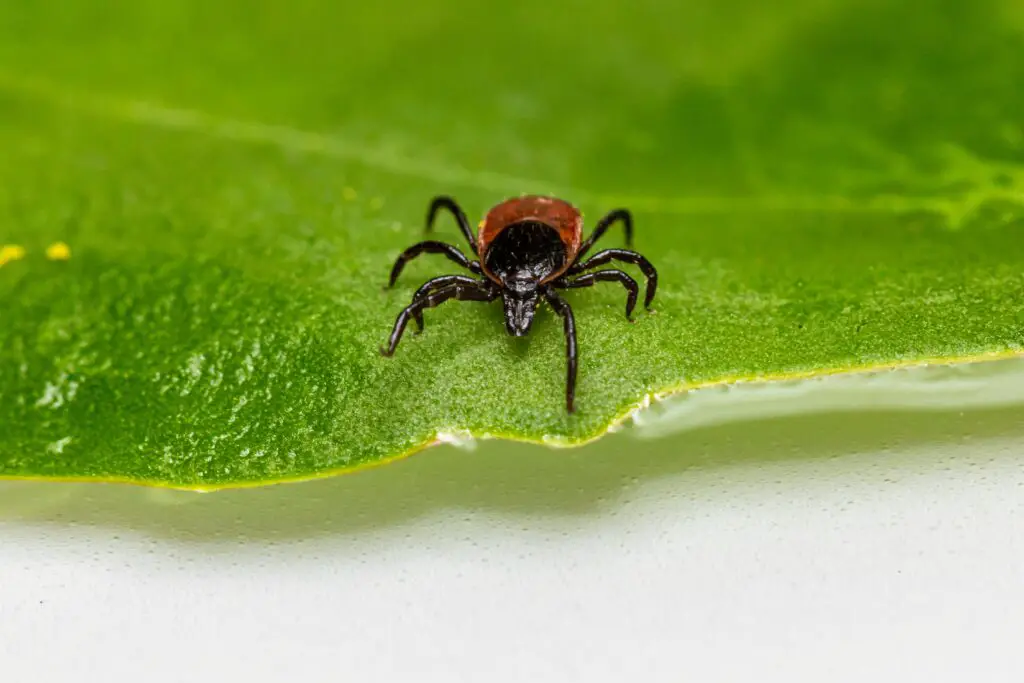
Aphids, spider mites, and slugs can wreak havoc on hydrangeas. Regularly inspect leaves for signs of damage and treat infestations promptly with insecticidal soap or natural remedies. Healthy plants are more resistant to pests.
8. Not Watering Deeply Enough
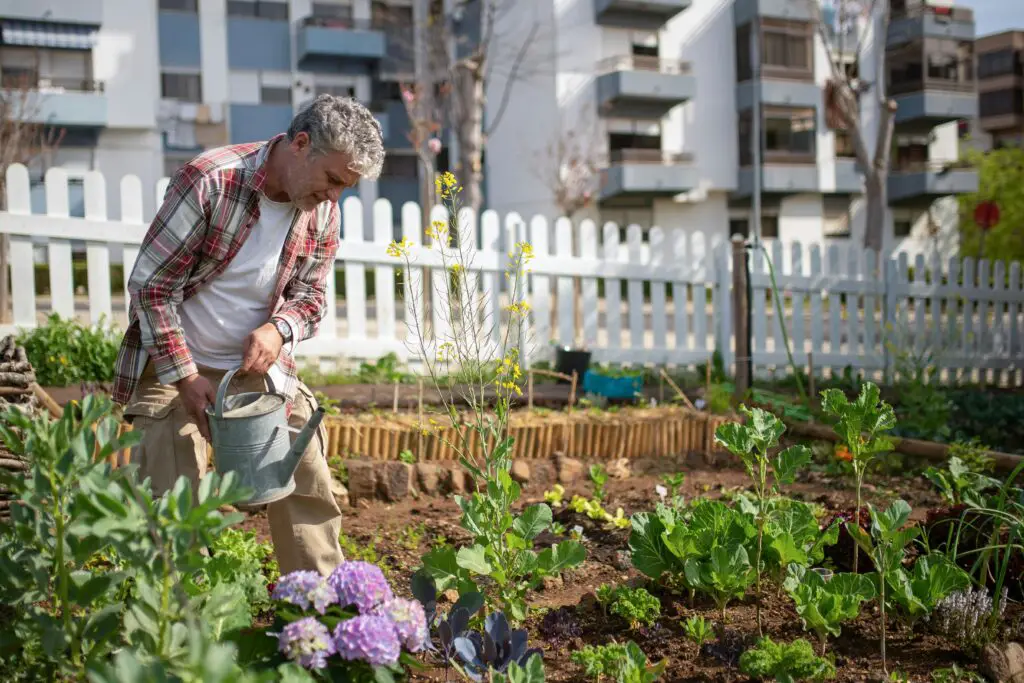
Hydrangeas need consistent, deep watering to thrive, especially during hot weather. Shallow watering causes surface roots to develop, leaving the plant vulnerable to drought. Water deeply at the base to encourage strong, deep roots.
9. Skipping Mulch
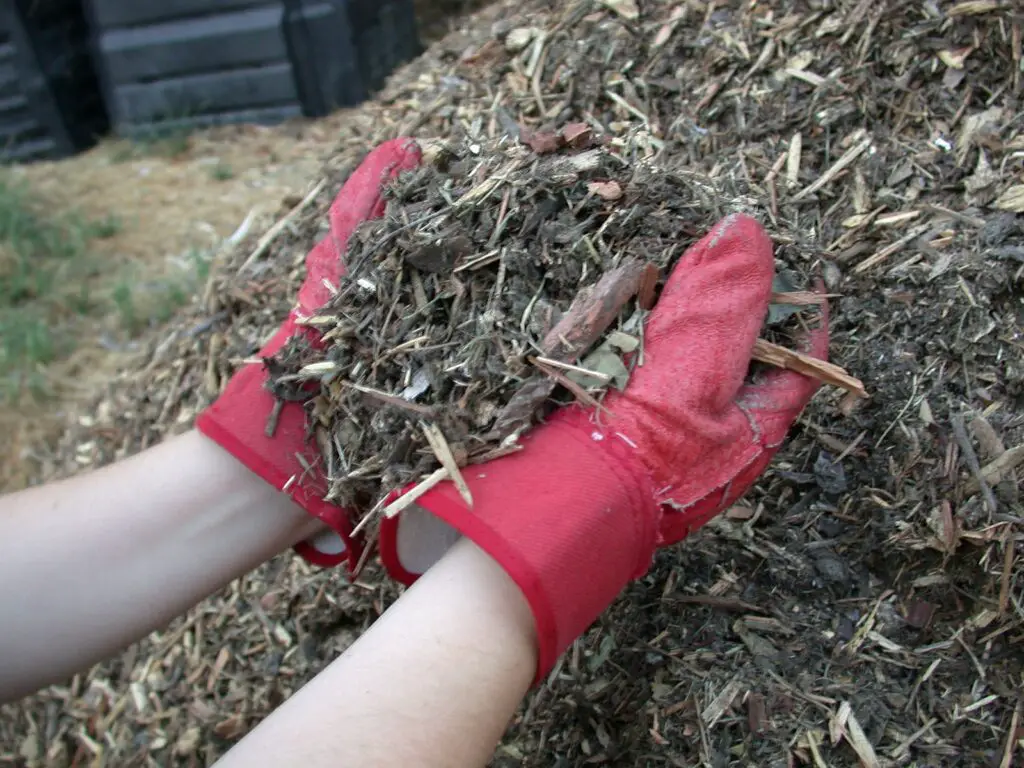
Without mulch, hydrangeas struggle to retain moisture and regulate soil temperature. Apply a 2–3 inch layer of organic mulch around the base to protect roots and conserve water. Mulching also helps prevent weed competition.
10. Improper Spacing
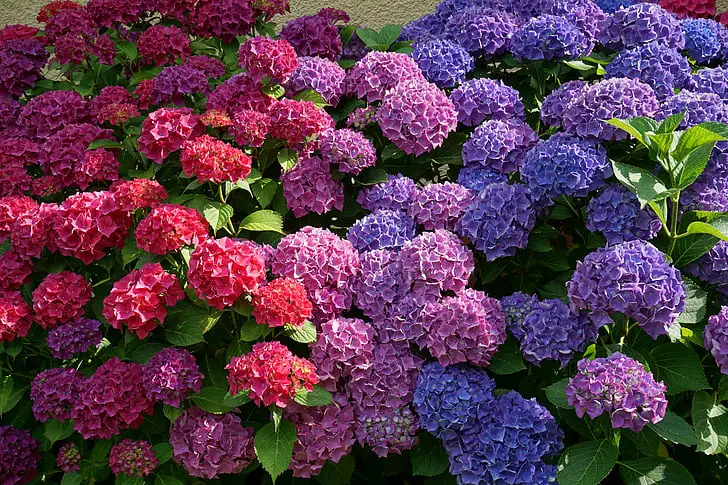
Crowded hydrangeas compete for nutrients, water, and sunlight, leading to weak growth. Ensure proper spacing between plants to allow airflow and reduce the risk of fungal diseases. Adequate room is vital for their health and beauty.
11. Ignoring Signs of Fungal Disease

Yellowing leaves, black spots, or powdery mildew signal fungal infections. Remove affected foliage and treat with a fungicide or baking soda spray. Early intervention can save your hydrangea from severe damage.
12. Planting in Unsuitable Soil
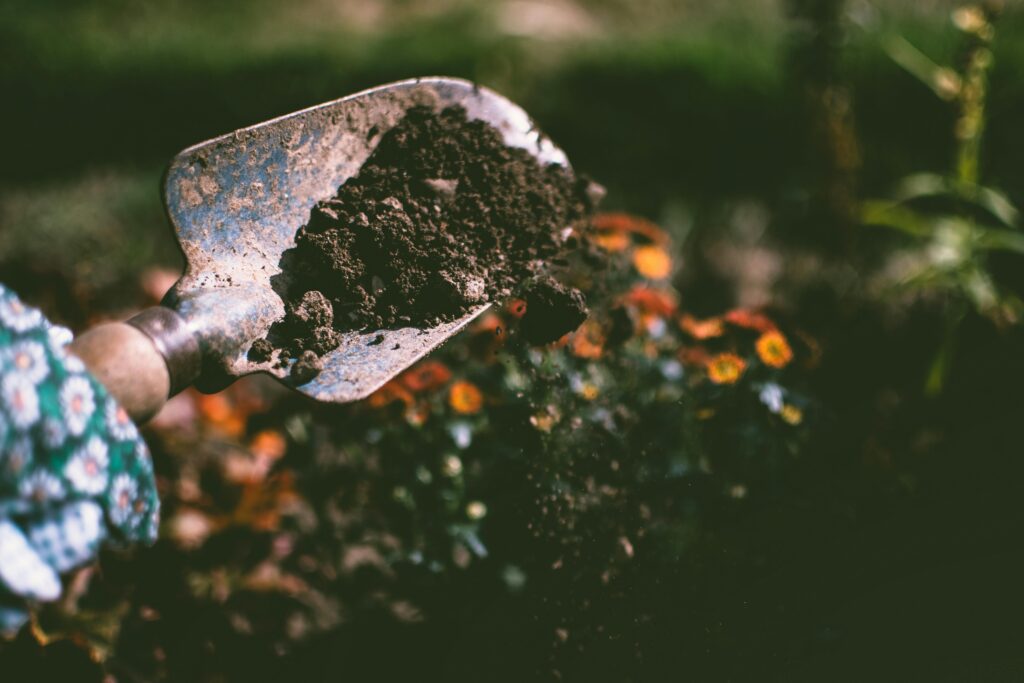
Hydrangeas prefer rich, well-draining soil. Sandy or clay-heavy soils can starve the roots of nutrients and water. Amend your soil with compost or organic matter to create a welcoming environment for thriving plants.
